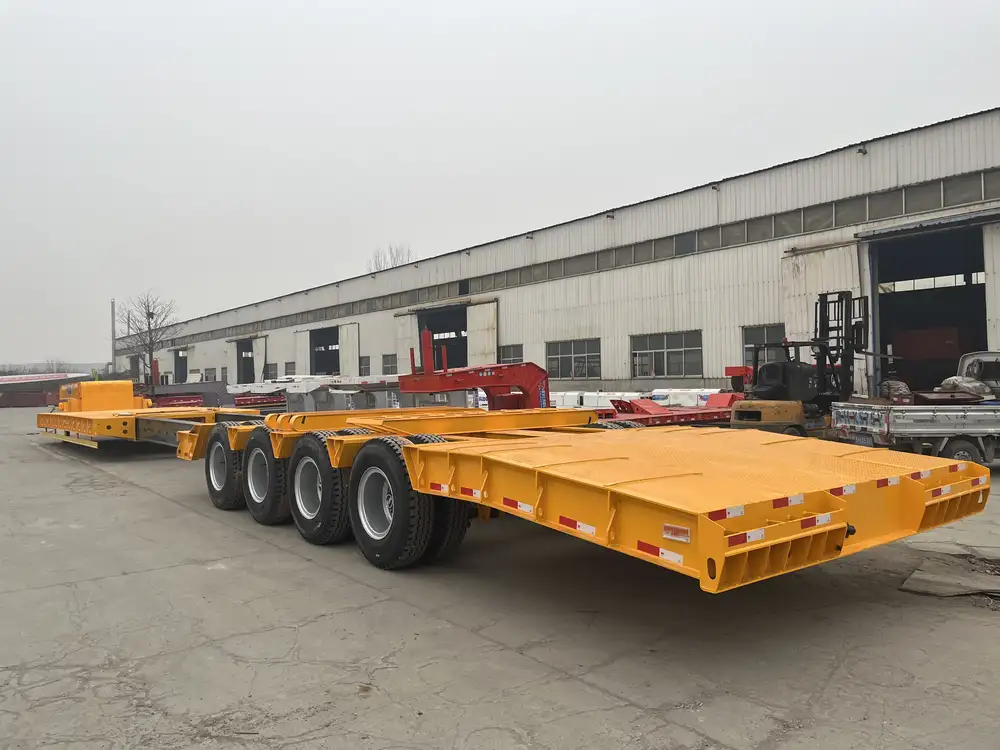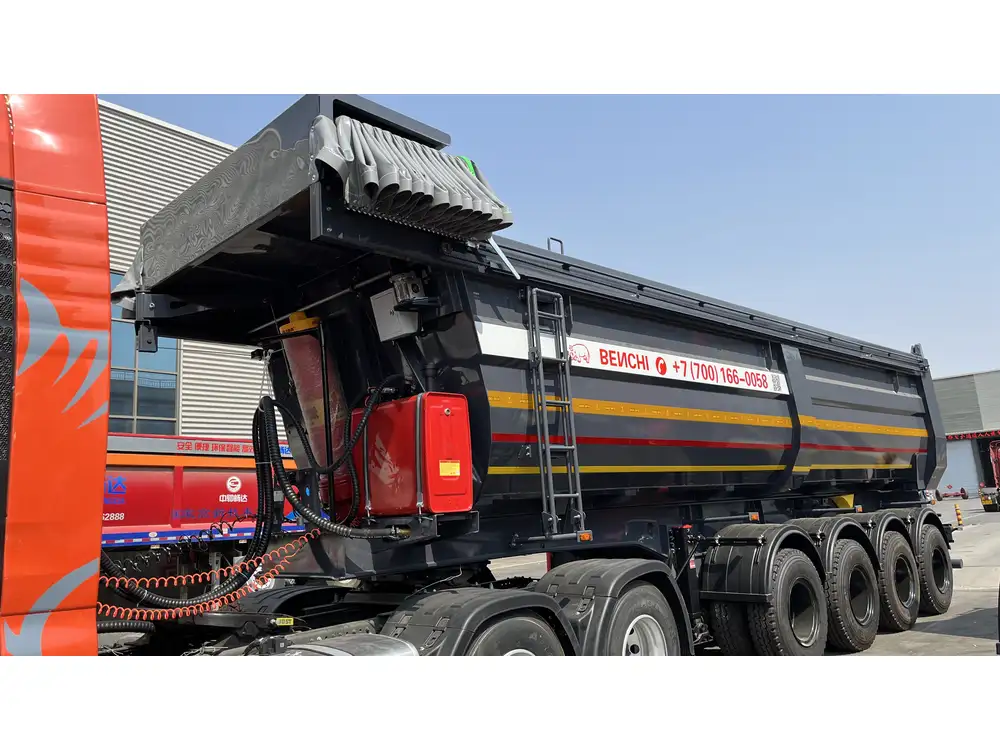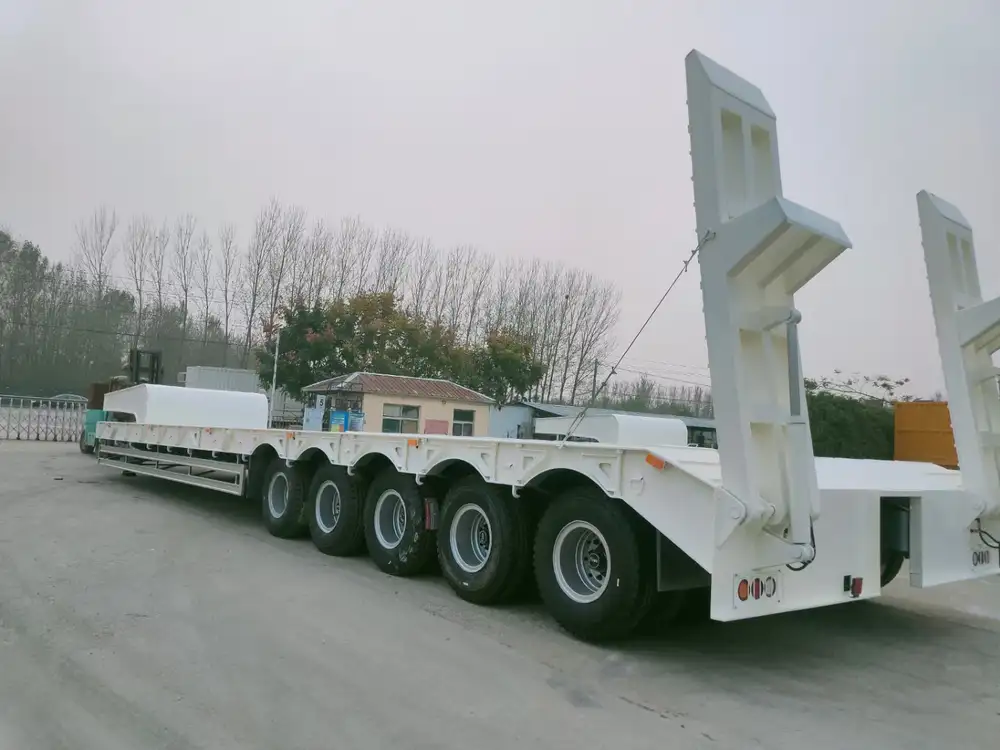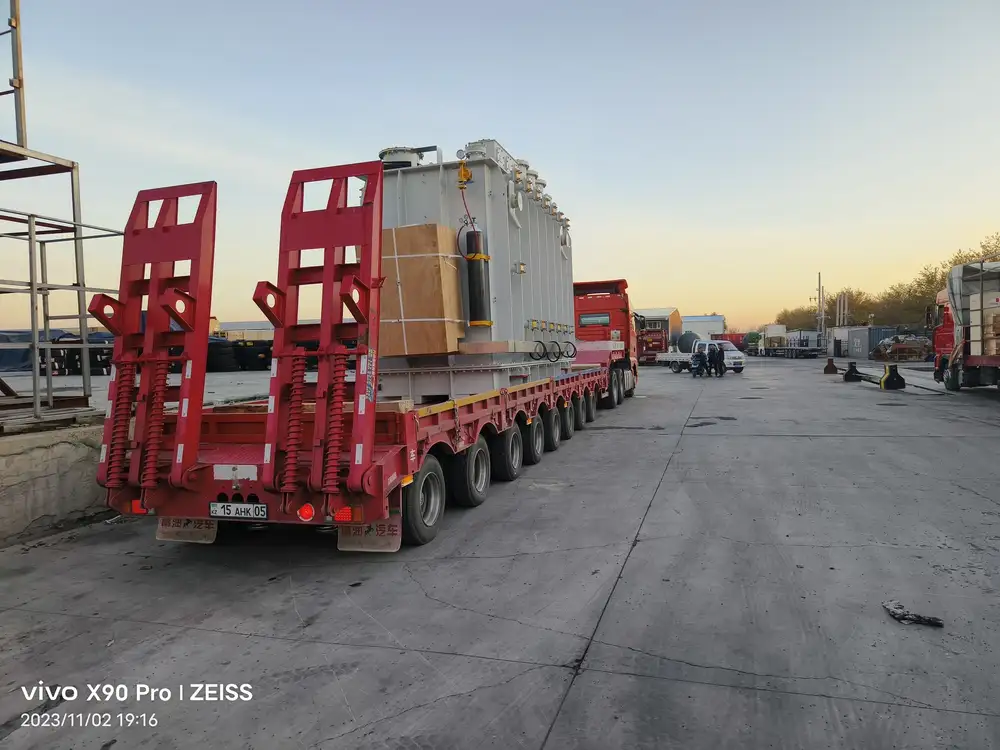Building a dump trailer equipped with a winch represents an exciting venture for enthusiasts and professionals alike. Whether used for hauling landscaping debris, gravel, or heavy equipment, a dump trailer is essential in many industries. In this guide, we will dissect the process of constructing your own dump trailer, focusing on material selection, design considerations, and step-by-step assembly, all while integrating a winch for enhanced functionality.
Understanding the Basics of Dump Trailers
What is a Dump Trailer?
A dump trailer is a specialized vehicle designed to transport materials and offload them via a hydraulic or mechanical lift system. The inherent design allows for efficient loading and unloading, making it preferable for tasks that demand heavy lifting and transportation.
Key Features of a Dump Trailer:
| Feature | Description |
|---|---|
| Frame Material | Typically made of steel for strength |
| Body Type | Enclosed or open, depending on needs |
| Axle Configuration | Single or tandem axles for load distribution |
| Loading Method | Hydraulic lift or manual crank system |

Why Incorporate a Winch?
Including a winch adds significant functionality to a dump trailer, allowing the operator to easily load items that cannot be lifted manually. With a properly installed winch, you can:
- Load heavy items like machinery or debris.
- Secure cargo during transport.
- Enhance operational efficiency.
Step-by-Step Guide to Building a Dump Trailer with a Winch
Materials Needed
Essential components include:
- Steel Frame: 2×3 or 2×4 steel tubing
- Dump Bed: 12-gauge steel sheet or aluminum (lightweight options)
- Axles: Tandem or single-axle systems (5,000 lbs rated)
- Winch: 12V electric winch (rated for at least 3,500 lbs)
- Hydraulic Lift System or Manual Lever
- Wheels and Tires: Heavy-duty wheels with a suitable load rating
- Electrical Wiring and Battery: For the winch and potential lighting
- Paint: Rust-resistant paint or coatings

Tools Required
- Welding machine
- Angle grinder
- Drill with assorted bits
- Socket set
- Measuring tape
- Level
- Safety gear (gloves, goggles, etc.)
Step 1: Designing Your Dump Trailer
Designing your dump trailer is crucial for achieving a well-balanced, functional product. Consider the following:
Load Capacity
Determine the maximum weight your trailer will carry. This will direct your choice of materials and components, including the frame’s build and the axle’s weight rating.

Dimensions
Typical dump trailers range from 5 to 16 feet in length. A common width is around 7 feet, providing ample space for most materials. Calculate dimensions based on your intended use.
Sample Size Reference:
| Length (ft) | Width (ft) | Height (in) | Est. Capacity (lbs) |
|---|---|---|---|
| 6 | 5 | 24 | 2,000 |
| 10 | 6 | 36 | 5,000 |
| 14 | 7 | 48 | 10,000 |
Step 2: Frame Construction
Cut Steel Tubing: Measure and cut your 2×3 or 2×4 tubing to form the trailer’s frame, ensuring to include supports for both the bed and the winch mounting.
Weld Frame Together: Assemble the frame starting with the base, then connect the sides and rear. Create a rectangular frame ensuring it is level and square.
Step 3: Building the Dump Bed
Shape the Dump Bed: Cut the 12-gauge steel or aluminum to fit securely on the frame. For durability, ensure the edges are reinforced.
Secure the Dump Bed: Use welding to attach the bed to the frame securely. Additionally, incorporate hinge points at the front to allow for raising and lowering.

Step 4: Axle Installation
Positioning Axles: Place the axle(s) under the trailer frame, ensuring they are spaced evenly to prevent swaying during transport.
Attach Wheels: Secure the wheels on the axle and ensure they spin freely. Adjust any necessary components to align the trailer correctly.
Step 5: Winch Installation
Choosing the Location
- Position the winch toward the front of the trailer bed, ensuring you have clear access to pull in materials without obstruction.

Mounting the Winch
Construct a Mounting Plate: Fabricate a mounting plate from steel and weld or bolt it securely to the frame.
Install Winch: Secure the winch to the plate with heavy-duty bolts, ensuring it remains stable during operation.
Step 6: Electrical Wiring
Battery Connection: Position a 12V battery securely within the trailer, preferably in a weather-tight container.
Wiring Setup: Run cables from the battery to the winch, ensuring you use appropriate gauge wire to handle the current.
Switch Installation: Incorporate a remote control or a toggle switch to operate the winch safely from a distance.
Step 7: Hydraulic or Manual Lift Installation
Depending on your preference, install either a hydraulic lifting piston or a manual lever to enable easy dumping functionality.
Ensure all hydraulic connections are secure and test for leaks.

Final Touches
Paint and Coating: Apply rust-resistant paint to protect against the elements.
Test the Setup: Before taking the trailer into operation, conduct thorough tests on load capacity and functionality of the lift and winch.
Safety Considerations
- Weight Distribution: Ensure that the load is evenly distributed to avoid tipping or swaying.
- Load Limits: Adhere to the manufacturer’s specified weight limits to ensure safety and prolong the trailer’s life.
- Brake System: Consider adding a brake system if you anticipate transporting heavy loads on steep inclines.
Maintenance Tips for Longevity
- Regular Inspections: Frequently check the frame, axles, and winch for signs of wear or damage.
- Lubrication: Regularly grease the axles and mechanical moving parts to avoid rust and wear.
- Cleaning: After each use, clean the trailer to prevent build-up of materials that can cause damage over time.

Common Issues and Solutions
| Issue | Solution |
|---|---|
| Winch Does Not Operate | Check battery connection and replace fuse |
| Tilt While Dumping | Adjust load distribution and check hydraulic lines |
| Uneven Wear on Tires | Ensure correct alignment and regular tire rotation |
Conclusion: Empower Your Projects with a Custom Dump Trailer
Building a dump trailer with a winch not only enhances your capabilities but also transforms the way you manage your hauling tasks. By following this comprehensive guide, you are equipped not only to create a durable and effective trailer but also to fully understand its components and maintenance, ensuring long-term satisfaction and utility. Empower your projects today and take the first step towards greater efficiency in your operations.
By arming yourself with the knowledge contained within this article, along with action, you’re setting the stage for success in your crafting endeavors. Whether for professional landscaping, construction tasks, or personal projects, a dump trailer designed and built with expertise can be an invaluable asset, ready to face any load you throw its way.



